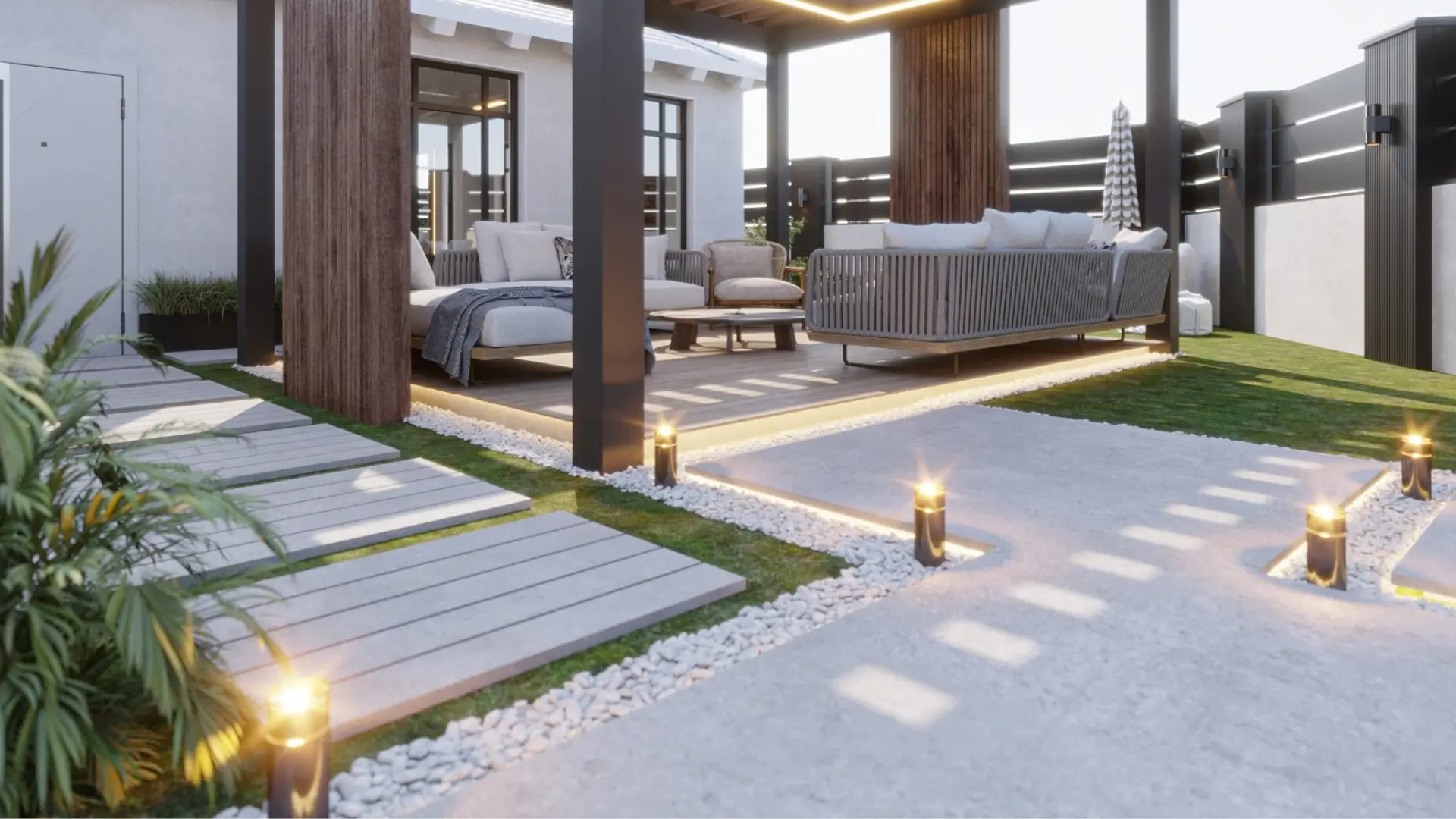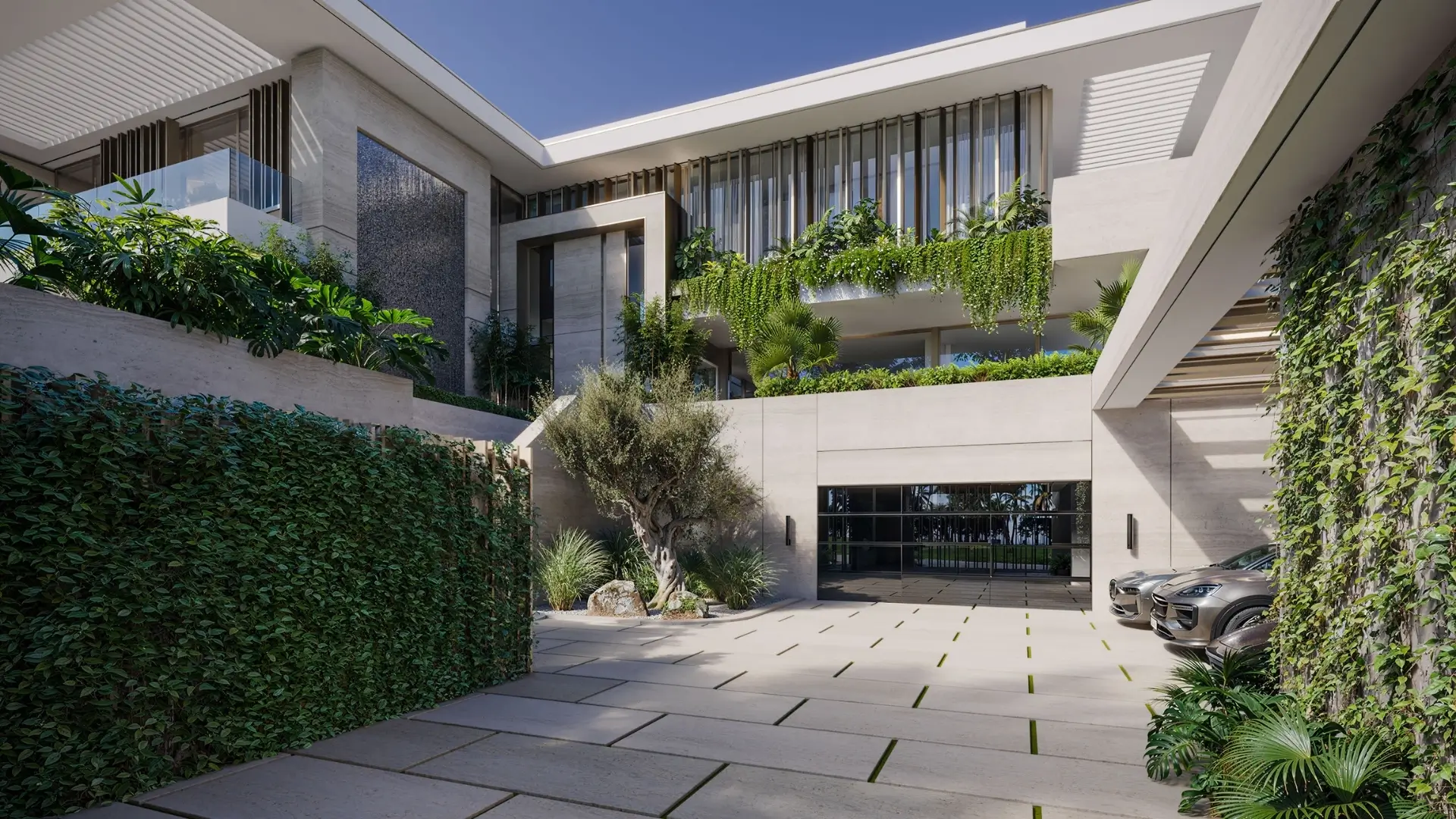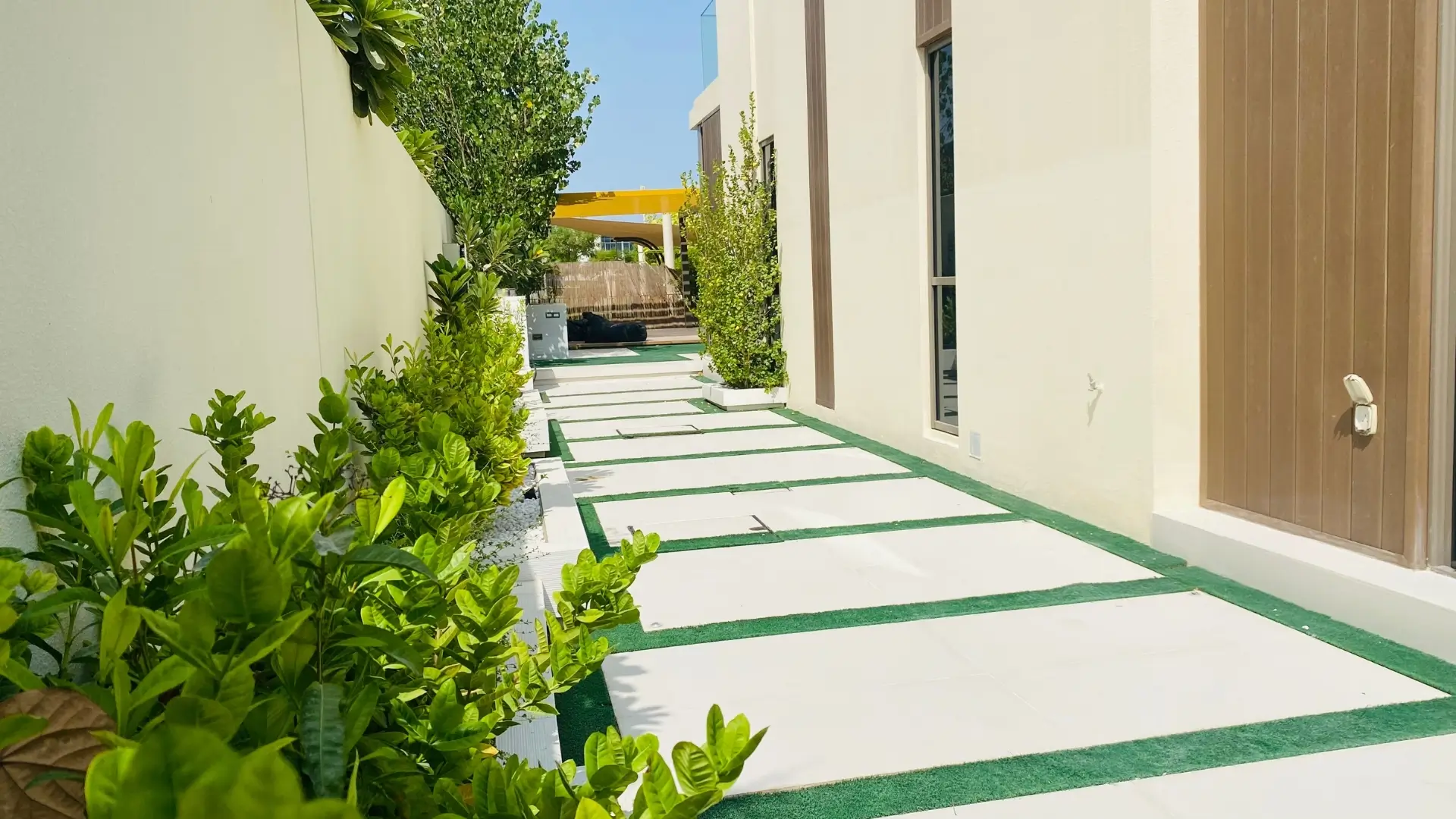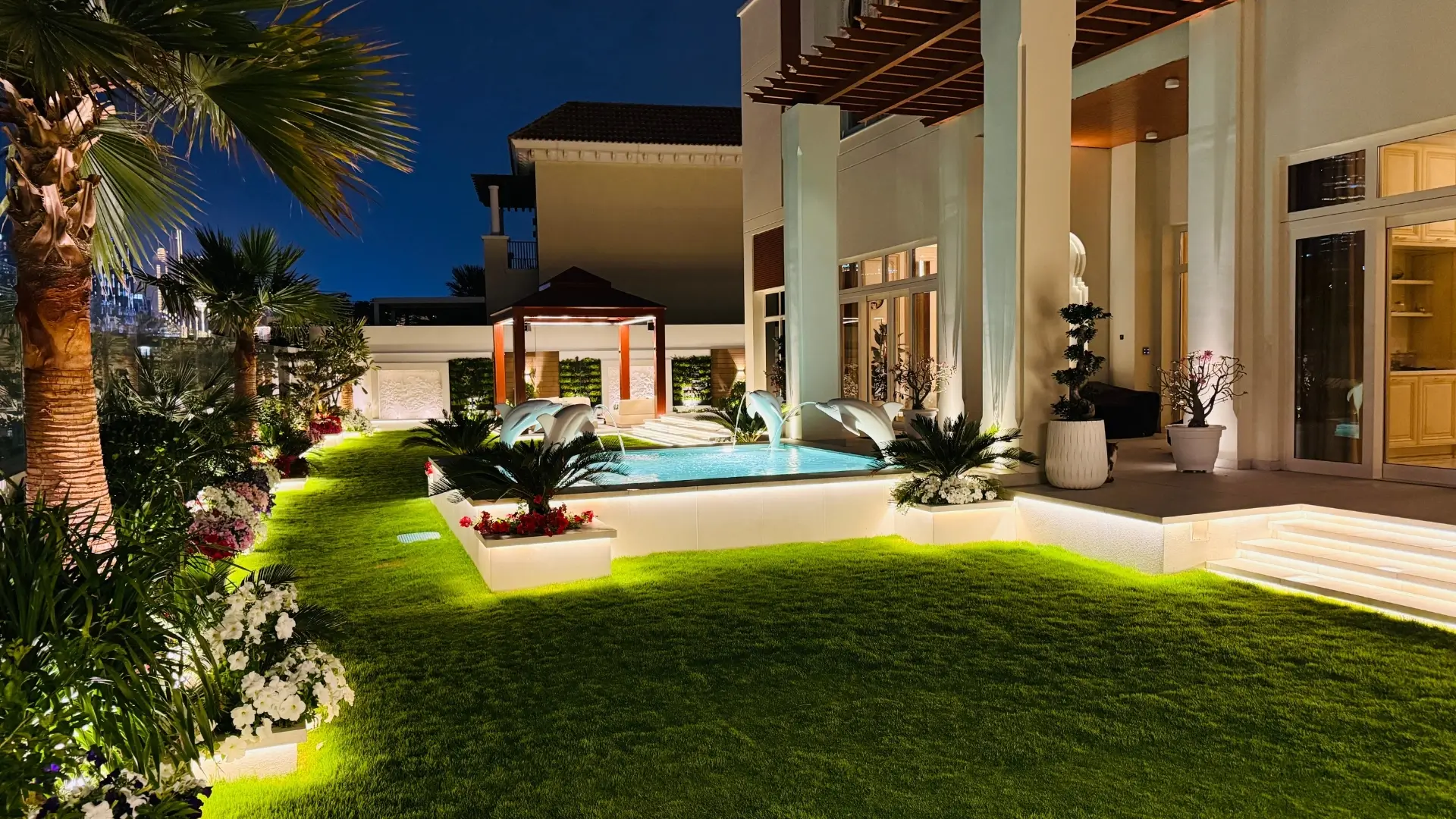In the realm of outdoor design, the importance of effective planning cannot be overstated. Whether it’s a cozy villa garden, a spacious terrace, or a commercial property, the layout and aesthetic appeal of outdoor spaces significantly impact their functionality and beauty. With advancements in technology, landscape designers have increasingly turned to 2D and 3D design techniques to enhance their planning processes. This blog explores how these design methodologies transform outdoor planning, offering clients a clearer vision and a more satisfying landscaping experience.

Understanding 2D Landscape Designs
2D landscape designs serve as the foundational blueprint for any outdoor project. These designs provide a bird’s eye view of the space, allowing clients and designers to visualize the arrangement of elements such as plants, hardscapes, water features, and furniture. The simplicity of a 2D layout makes it easy to comprehend spatial relationships, ensuring that each component of the landscape fits harmoniously within the given area.
One of the key advantages of 2D designs is their ability to convey essential information succinctly. Designers use symbols and lines to represent different elements, such as trees, pathways, and structures. This clarity helps clients understand the overall flow and layout of the garden before any physical work begins. Additionally, 2D designs facilitate discussions between designers and clients, allowing for easy adjustments and refinements based on feedback.
The Role of 3D Landscape Designs
While 2D designs lay the groundwork, 3D landscape designs bring ideas to life with a realistic representation of the finished space. This technology allows clients to immerse themselves in their future outdoor environments, experiencing how light, shadow, and color will interact within the design. By viewing the landscape from various angles, clients can make informed decisions about materials, plant choices, and overall aesthetics.
3D designs enable designers to showcase intricate details that may be overlooked in 2D layouts. Elements such as the texture of stones, the color variations in plants, and the play of water in fountains can all be accurately depicted, providing clients with a comprehensive understanding of how the design will translate into reality. This immersive experience not only enhances client satisfaction but also minimizes misunderstandings during the construction phase.
Enhancing Communication and Collaboration
Effective communication is paramount in any design project, and the use of 2D and 3D designs fosters collaboration between clients and designers. Clients may find it challenging to envision their ideas in a traditional plan, leading to potential misinterpretations. However, by employing 3D visualization, designers can present concepts in a more relatable manner.
When clients can see their landscape design in three dimensions, they are more likely to provide constructive feedback. This collaboration helps designers refine their vision and ensures that the final design aligns with the client’s expectations. Additionally, 3D models can be shared and viewed on various devices, making it convenient for clients to discuss their project with family and friends.
Visualizing Scale and Proportions
Understanding scale and proportions is crucial in landscape design. A well balanced outdoor space requires careful consideration of the size and placement of elements in relation to one another. 2D designs provide a basic understanding of these relationships, but 3D designs take it a step further by offering a realistic perspective of how each element interacts within the space.
For instance, a large tree may look impressive in a 2D plan, but its true impact is better understood in a 3D representation. Clients can visualize how the tree will cast shade, its height compared to surrounding structures, and its overall presence within the landscape. This understanding enables clients to make more informed decisions about plant selections and placements, ultimately leading to a more cohesive and functional design.
Incorporating Natural Features
Dubai’s unique climate and landscape pose specific challenges for outdoor planning. The harsh sun, sandy soil, and limited water resources require thoughtful consideration of plant choices and design elements. 3D landscape designs allow designers to incorporate natural features, such as slopes, elevation changes, and existing vegetation, into their plans.
By accurately representing these elements in a 3D model, designers can create a more harmonious landscape that works with the natural environment. For example, incorporating native plants that thrive in Dubai’s arid climate not only enhances the beauty of the landscape but also promotes sustainability. Designers can also use 3D visualizations to demonstrate how water features, such as pools or fountains, will interact with the surrounding landscape, contributing to a refreshing oasis in the desert.
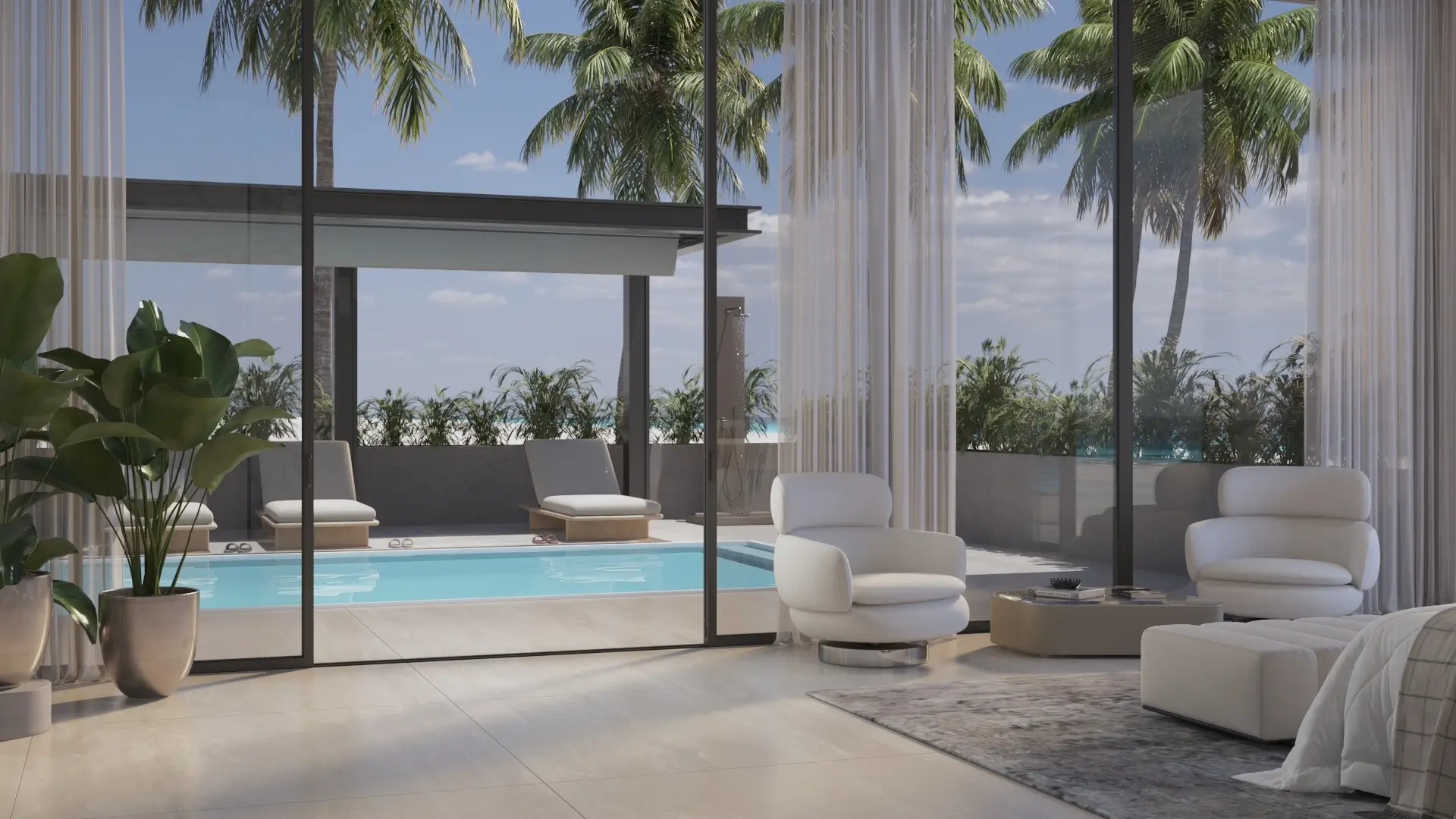
Sustainability Through Design
Sustainable landscaping practices are becoming increasingly important in today’s environmentally conscious society. 2D and 3D designs play a crucial role in promoting sustainability by allowing designers to plan efficient irrigation systems, select drought resistant plants, and incorporate eco friendly materials.
With 3D designs, clients can see how water efficient features, such as rain gardens and permeable paving, will function within their landscapes. This visualization helps clients understand the long term benefits of sustainable practices, such as reduced water consumption and lower maintenance costs. By incorporating these elements into their designs, landscape professionals can create outdoor spaces that are not only visually appealing but also environmentally responsible.
Customization and Personalization
Every client has unique preferences and lifestyle needs that influence their outdoor spaces. 2D and 3D landscape designs provide an avenue for customization, allowing clients to see how their personal touch can be integrated into the design.
For instance, clients can explore different themes, such as contemporary, Mediterranean, or desert inspired aesthetics, through visual representations. Designers can showcase various plant combinations, materials, and layout options, enabling clients to select elements that resonate with their style. This level of personalization fosters a sense of ownership and pride in the finished landscape.
Streamlining the Planning Process
The landscape design process can often be time consuming and fraught with revisions. However, the integration of 2D and 3D designs streamlines this process significantly. By visualizing the design early on, clients can quickly identify their preferences and make decisions without prolonged back and forth discussions.
Additionally, having a clear visual reference reduces the likelihood of errors during the construction phase. Contractors can refer to detailed 3D models to ensure that the installation aligns with the designer’s vision. This efficiency ultimately leads to a smoother project execution and a faster turnaround time.
Expanding Creative Possibilities
The use of 2D and 3D landscape designs expands the creative possibilities for designers. Advanced software allows for the exploration of various design concepts, color palettes, and layouts in a virtual space before committing to physical work. Designers can experiment with innovative ideas, such as integrating vertical gardens or unique hardscaping elements, and visualize how they will fit into the overall design.
This creative freedom encourages designers to push the boundaries of traditional landscaping, resulting in more exciting and dynamic outdoor spaces. Clients benefit from this exploration, as they can enjoy unique designs that reflect their individuality while enhancing the aesthetics of their property.
Client Education and Empowerment
In addition to transforming the design process, 2D and 3D landscape designs empower clients with knowledge. By visualizing their outdoor space, clients gain a deeper understanding of landscaping principles and design concepts. They learn about the importance of plant selection, spatial planning, and the interplay of elements within their gardens.
This educational aspect fosters a collaborative atmosphere where clients feel more engaged in the design process. As they become more informed, clients can make decisions that align with their preferences and values. This empowerment ultimately leads to a more satisfying and fulfilling landscaping experience.
Crafting Tomorrow’s Landscapes
The evolution of 2D and 3D landscape designs has revolutionized outdoor planning, offering innovative solutions that enhance communication, creativity, and client satisfaction. As technology continues to advance, these design methodologies will play an increasingly vital role in shaping the future of landscaping. By leveraging the power of visual representation, designers can create beautiful, functional, and sustainable outdoor spaces that reflect the unique lifestyles of their clients.
In Dubai, where the climate and landscape present unique challenges, the ability to visualize and refine designs before implementation is invaluable. Warriors Landscape embraces these cutting edge techniques, ensuring that every project be it a serene villa garden, a vibrant terrace, or a sophisticated commercial landscape achieves its full potential. The transformative power of 2D and 3D design allows Warriors Landscape to deliver bespoke solutions that not only meet aesthetic desires but also enhance the overall outdoor experience. By adopting these methodologies, they elevate the quality of design and enrich the landscaping journey for clients, ultimately leading to stunning outdoor spaces that truly resonate with the heart of Dubai.

